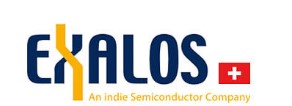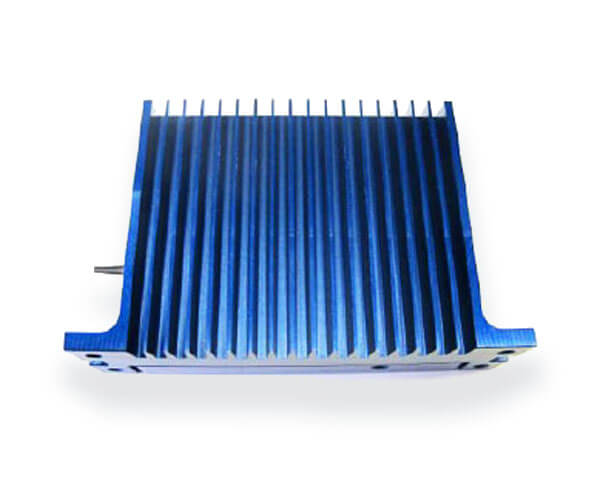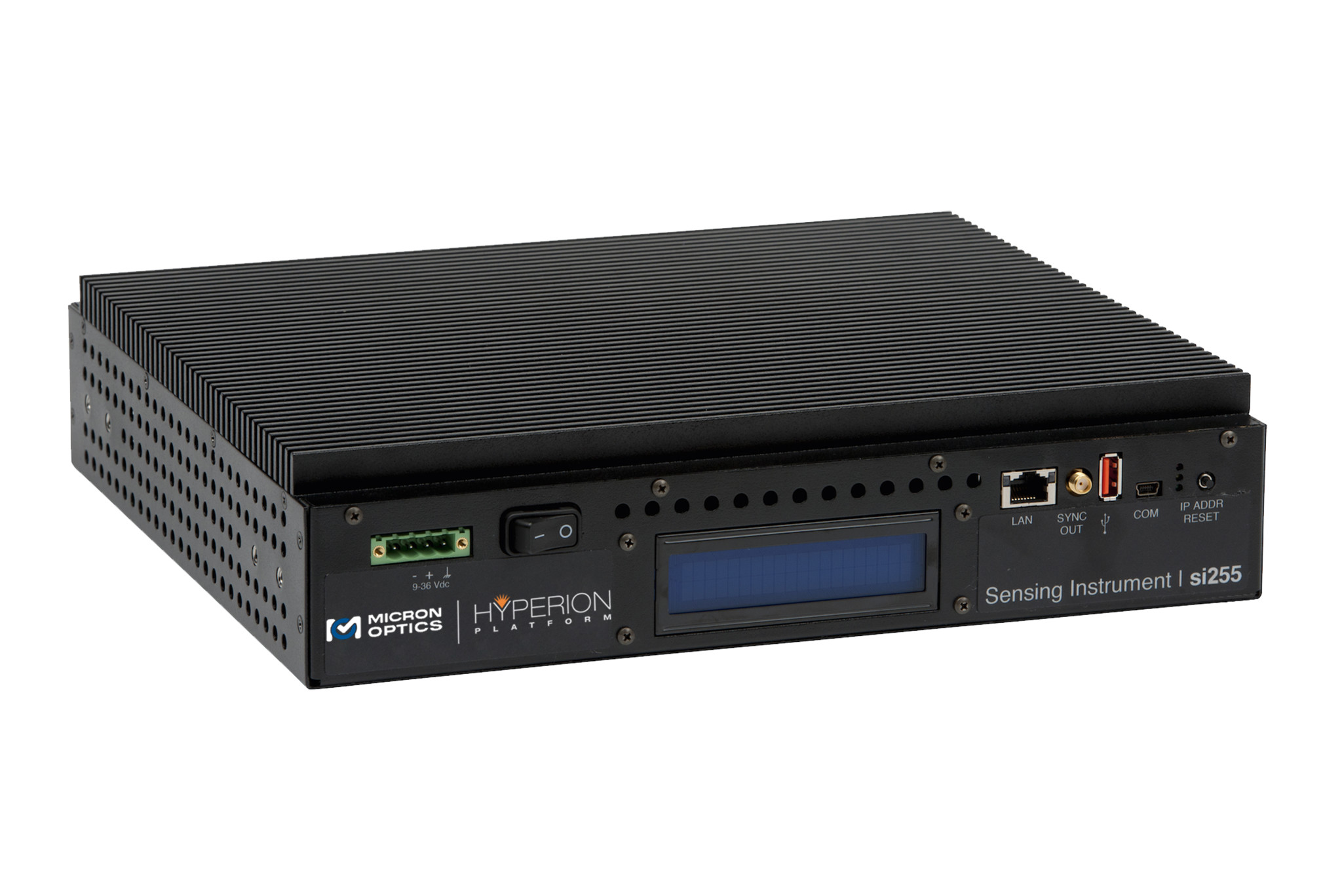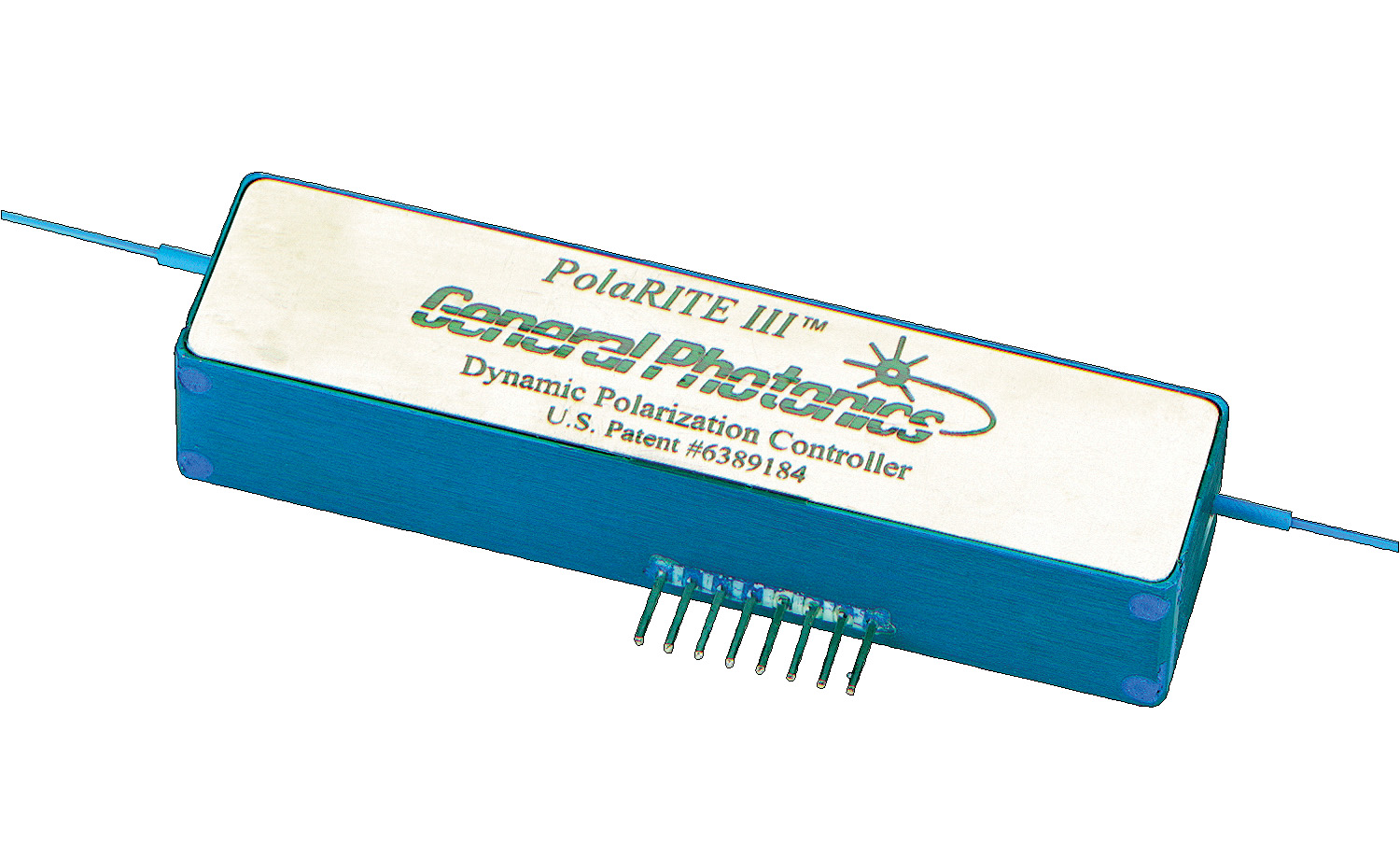Product information "EBD SLED Driver Boards"
EBD SLED Driver Boards Exalos OEM and R&D Models; SLED Package DIL, BTF, TOSA; Driver Compliance 0 to 600 mA, 1.0 to 2.7 V; Current Noise <150 µA rms; Current Stability Peak-to-Peak 0.07%, 0.10%; Control Interface Analog In, Digital In/Out
With the EBD series, EXALOS provides low-noise, ultra-stable RGB and NIR SLED driver boards, optimized for interferometric applications like OCT or fiber sensing.
EBD SLED driver boards are high-performance analog driver boards that consists of a multi-layer PCB board with a multi-pin connector to which adapter boards can be connected supporting various types of optical modules, for example 14-pin butterfly (BTF), 14-pin dual-in-line (DIL), transmit optical sub-assembly (TOSA) or others.
EXALOS driver boards deliver ultra-stable low-noise performance for both OEM and R&D applications. The cost-effective OEM version of the driver board allows customers to reduce their R&D spending, improve time-to-market and reduce the number of suppliers. New 3-channel RGB and NIR Driver Boards are equipped with USB remote programming interface and current modulation.
The R&D driver boards feature a display board to control the most important SLED parameters. EXALOS driver boards are especially designed to handle noisy, spiky or unstable supply voltages.
Key Features:
- Ultra-stable and Low-noise SLED Drive Current
- No Long-term SLED Drive Current Drift
- Current Stability (Peak-to-Peak): 0.07% (1 h), 0.10% (24 h)
- Current Noise: <150 µA rms
- SLED Package: DIL, BTF, TOSA
- Driver Compliance: 0 to 600 mA, 1.0 to 2.7 V
- Ultra-stable Temperature Control
- Automatic Current Control (ACC) Mode
- Optional On-off Modulation up to 10 kHz
- Control Interface: Analog In, Digital In/Out
- Immune Against Hot-plugging, Spikes and Brown-outs
- Broad Operating Temperature Range: -20 to +65 °C
- Optional Higher Temperature Range for the OEM Driver Boards
| Series | Application | Control Unit ACC/APC | Temperature Control | Driver Compliance | Current Noise (1kHz-10MHz) | Current Stability Peak-to-Peak | Control Interface |
| 5010 | R&D for DIL Package | ACC | yes | 0-600 mA 1.0-2.7 V |
<150 uA rms | 0.07% in 1h 0.10% in 24h |
analog in digital in/out |
| 5020 | R&D for BTF Package | ACC | yes | 0-600 mA 1.0-2.7 V |
<150 uA rms | 0.07% in 1h 0.10% in 24h |
analog in digital in/out |
| 5080 | R&D for TOSA Package | ACC | yes | 0-600 mA 1.0-2.7 V |
<150 uA rms | 0.07% in 1h 0.10% in 24h |
analog in digital in/out |
| 5100 | OEM for DIL Package | ACC | yes | 0-600 mA 1.0-2.7 V |
<150 uA rms | 0.07% in 1h 0.10% in 24h |
analog in digital in/out |
| 5200 | OEM for BTF Package | ACC | yes | 0-600 mA 1.0-2.7 V |
<150 uA rms | 0.07% in 1h 0.10% in 24h |
analog in digital in/out |
| 5800 | OEM for TOSA Package | ACC | yes | 0-600 mA 1.0-2.7 V |
<150 uA rms | 0.07% in 1h 0.10% in 24h |
analog in digital in/out |
| 7200 | OEM for TOSA Package | ACC | yes | 0-600 mA 1.0-2.7 V |
<150 uA rms | 0.07% in 1h 0.10% in 24h |
analog in digital in/out |
| 9200 | OEM for TOSA Package | ACC | yes | 0-600 mA 1.0-2.7 V |
<150 uA rms | 0.07% in 1h 0.10% in 24h |
analog in digital in/out |
| 10200 | OEM for TOSA Package | ACC | yes | 0-600 mA 1.0-2.7 V |
<150 uA rms | 0.07% in 1h 0.10% in 24h |
analog in digital in/out |
Applications: Optical Coherence Tomography (OCT); Biomedical Imaging; Industrial Metrology; Optical Sensing; Spectroscopy








